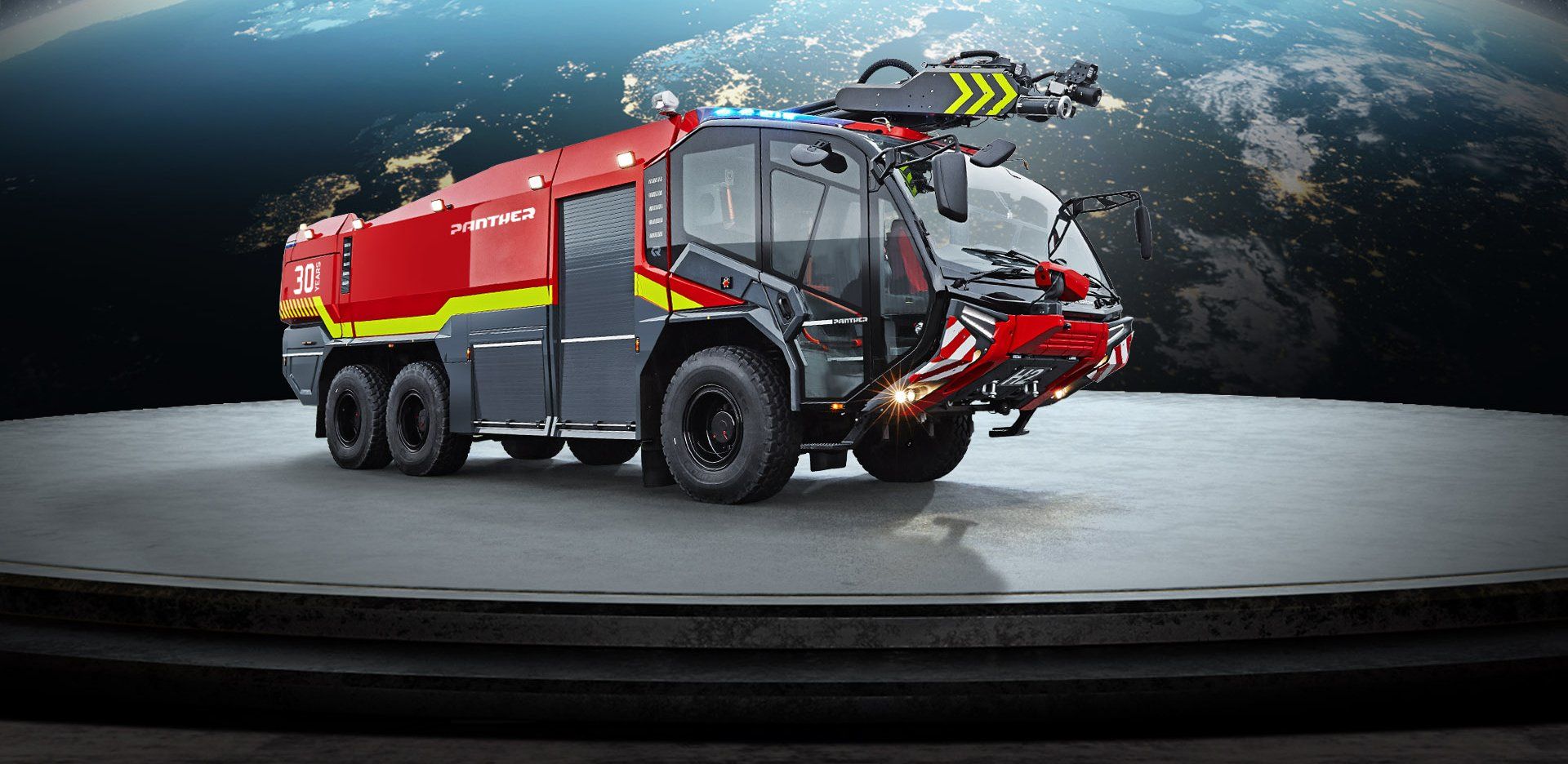A canton
electrified.
Basel City, a canton committed to climate protection
Basel City is a canton in the Swiss northwest bordering on France and Germany. It essentially consists of the city Basel. One could say without a doubt that Basel City is a pioneer in all things electromobility. The first fully electric police vehicles were purchased in 2019, and service vehicles from other authorities also have electric motors. Their commitment to climate protection is more than obvious, as the canton provides that alternative fuel vehicles be favored in all new acquisitions unless there are convincing reasons against them. Basically, a convincing reason would be if the vehicle’s overall suitability is somehow restricted by the abandonment of conventional fuels. What usually comes to mind here are first-responder organizations with their large, heavy vehicles. But when it came to purchasing new emergency vehicles in 2019, the Basel Fire Department did not mull over possible obstacles but focused on what would be needed in the future—thus almost automatically arriving at the electric motor option.
The path to new vehicles
About five years ago, the Basel City Fire Department began developing a fleet strategy. They conducted needs assessments, spoke with staff, and interviewed other fire departments around the world. “In 2020, our surveys resulted in a clear definition of our objectives,” says fire chief Kai Ullwer. The forty-two-year-old man, who grew up north of the border halfway between Basel and Fribourg, started his career in emergency medical services at the German Red Cross. Afterward, he completed several specialized courses, got into fire-fighting, and joined the Basel Fire Department at the very moment they began discussing the future of the fleet. Today, the head of operations and projects is well placed to explain what this involved: “First of all, identical design, so that different vehicles don’t pose any mysteries. Second, state-of-the-art operating systems, communications, and emissions management. And third, the vehicles should be usable for all our purposes—there’s industry, naval vessels, urban and rural terrain in our area.”
Then came the acquisition process, and the rest is history. Four RT auxiliary fire trucks were ordered from Rosenbauer and put into operation in 2023. What sounds simple enough is, of course, more difficult in practice. There’s a straightforward reason: “This product best met all our requirements.”
The RT, “a vehicle by users for users.”
Also tasked with needs assessment was the work group around thirty-four-year-old Patrick Feuz, a true Basel original. The Gefreiter (the Swiss equivalent of a leading firefighter or a technician) is, as he puts it, “at the front”—a group leader and firefighting instructor in the canton and thus tasked with training. Patrick knows what’s important on a mission. After completing his industrial engineering studies with a thesis about “Digital Transformation in Professional Fire Departments,” he has mainly helmed vehicle acquisition projects since 2020. “We evaluated the collected data using scientific methods, but ultimately, it’s the crew sitting in the fire truck who sets the course. We wanted to have a vehicle by users for users.” Playing a major role in their decision was the low removal height, the cabin layout that improves communication among crew members and their access to equipment, as well as lower noise emissions. “After all, the auxiliary fire truck is the main workplace for a firefighter,” adds Kai, emphasizing that any tweak is valuable and that the investment will pay off in the long run. One modification was made by the Basel firefighters themselves. An in-cabin compartment for smaller equipment like an infrared camera now further simplifies removal processes. The team calls this compartment the “Action Tower.”
Driving performance and agility: true advantages
Not only does the electric motor reduce noise on the scene and cause less pollution. “In a city like Basel, driving performance is very important. The RT accelerates extremely well and is very compact and agile, which is really significant, as we have several instances of merging traffic and many roundabouts,” Kai adds—not without mentioning that combustion engines are not ideal for fire-fighting operations in the first place, as sometimes getting to the scene demands going full throttle right after a cold start.
What’s the electric future of Basel?
The Basel Fire Department, with around one-hundred active-duty firefighters, acquired two electric command vehicles in addition to the four auxiliary fire trucks in 2023. Since three Rosenbauer turntable ladders—two of them L32 ladders with rear-axle steering and a low superstructure—are currently in use, an electric variant is also tested in practice for high-altitude rescue. Simultaneously, eight crew trucks and logistics vehicles with electric motors are being tested. And further projects are in the works.
The shift to electric mobility is in full swing in Basel City. And quite obviously not because it’s a political directive but because in many respects the transformation from combustion engine to alternative fuels makes life easier for the first-responders. And this ultimately benefits those who require their help.

Register now for the Rosenbauer Newsletter & always be well informed!
Contact
Rosenbauer International AG
Paschinger Str. 90
4060 Leonding, Austria
office@rosenbauer.com




















